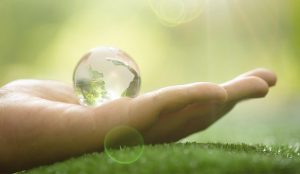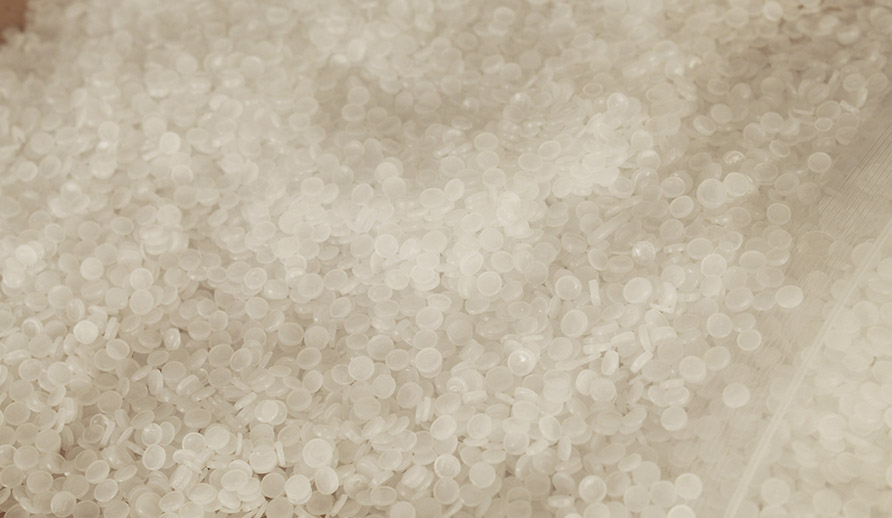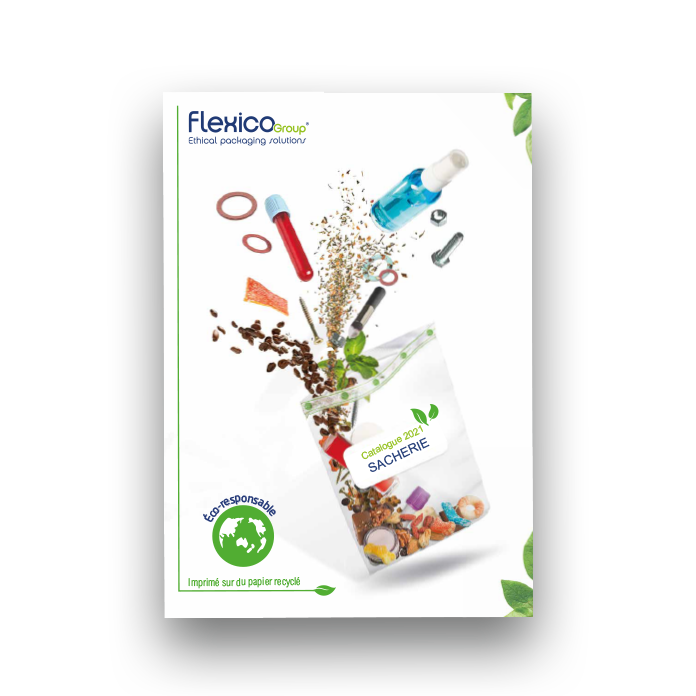
Eco-design consists of designing packaging with a lower environmental impact than that of previous generations. Contrary to popular belief, simply reducing the mass of material is not the only possible lever. Other parameters must be taken into account, as this article will show.
The challenges of packaging eco-design
Eco-design has become a major industrial issue. The pollution of the oceans by plastics, the difficulty of recycling, the accumulation of waste… All these reasons show that the time has come to change our approach to production. Betting for a more virtuous future means designing packaging differently.
To this end, the National Packaging Council has identified nine issues that must be addressed in an eco-design approach:
- Reducing the environmental impact of currently developed products;
- To reduce the carbon footprint of existing products;
- Identify, then control, each risk and cost relating to the product life cycle;
- Reduce transport, raw material and packaging costs as much as possible;
- Know how to anticipate negative criticism from various stakeholders;
- Anticipate regulatory changes to be better prepared for them;
- Consider the environmental aspect as a pillar of creativity and innovation;
- Putting forward a sincere “green” approach to gain public support;
- Differentiate from the competition to win new markets.
Therefore, if every step of the packaging design process takes all these issues into consideration, it will make the packaging as green as possible. It is only under these conditions that we can really talk about eco-design.
Life cycle assessment of packaging
In order for eco-design to be carried out as effectively as possible, it is therefore necessary to think in terms of the entire life cycle of the packaging. To do this, it is first necessary to understand its definition and how its analysis is formalised.
The life cycle of a product considers all the stages from its design to its end of life. It is broken down as follows
- design, by a design office for example ;
- extraction or manufacture of the raw materials of which it is composed
- manufacture of the packaging or product
- transport to the various storage warehouses;
- use by the final customer;
- end-of-life, including sorting, recycling or disposal.
By considering each of these phases, life cycle analysis consists of studying their environmental impacts. To do this, several aspects must be taken into account, including
- ecosystems, whether terrestrial, aquatic, aerial, etc;
- the depletion of natural resources
- human health.
Therefore, an ecological design is the one that takes into account the most factors and reduces their impacts as much as possible.
Eco-designed packaging: relevant levers to consider
The National Packaging Council has published a methodological guide on eco-design. It addresses six key points which, combined with a thorough life cycle analysis, make it possible to create and operate more environmentally friendly packaging.
Consider each stakeholder at the design stage
Shape, mass, volume, transport, pocket or family size can all influence both the consumer and the producer. Making life easier for the consumer can be detrimental to the producer, and vice versa. A global approach is therefore essential.
Do not neglect the consumer’s perception of its use
Consumers may feel that they are wasting product, that they are wasting time opening packaging or that they are not in control of their impact on the environment. They will therefore try to buy the product that is most likely to reassure them about these aspects. A manufacturer’s response can be through eco-refills, easy opening and closing or optimal ease of handling.
Consider the entire life cycle to avoid any transfer of impact
It is important not to over-improve one aspect of the life cycle while totally degrading another. Otherwise, the environmental impact of the packaging will be less virtuous, which would be counterproductive.
Optimise the amount of product in the packaging
Whether in terms of mass or volume, packaging must remain resistant during use, transport and storage. However, by adjusting certain parameters, it is possible to reduce the amount of material. Sometimes, by slightly changing the shape of the container, it is possible to stack several containers. This will be beneficial in terms of storage and transport and therefore for the environment.
Rationalise the use of natural resources in the production phase
Natural resources are consumed at various stages of the life cycle, for example during production or transport. Less material can therefore be used, such as for the packaging itself or for the inks used for labelling. In addition, reducing the consumption of vehicles per unit transported can be achieved by increasing the number of units loaded by optimising their volume or logistics flows.
Do not forget to consider the end of life of packaging
Finally, the last key point of eco-design concerns the management of the end of life of the packaging. Can it be reused or recycled easily and cheaply? What is the added value of the materials used after recycling? Is the consumer sufficiently informed about these aspects?
Eco-designing packaging is a long process of reflection. As the road can be full of pitfalls, several decision support tools have been developed. Without mentioning them exhaustively, there is FEEL, proposed by Citeo, the eco-organisation that manages the end-of-life of packaging and paper for more than 28,000 companies by transforming them into new resources. It is an application available free of charge on the Internet for Citeo members, which allows a quick diagnosis.
> To find out more about Flexico’s waste management policy, visit the Flexico, an eco-responsible player page.


